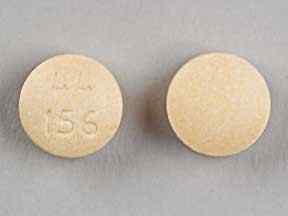Acetaminophen/phenyltoloxamine Interactions
There are 417 drugs known to interact with acetaminophen/phenyltoloxamine, along with 7 disease interactions, and 1 alcohol/food interaction. Of the total drug interactions, 18 are major, 383 are moderate, and 16 are minor.
- View all 417 medications that may interact with acetaminophen/phenyltoloxamine
- View acetaminophen/phenyltoloxamine alcohol/food interactions (1)
- View acetaminophen/phenyltoloxamine disease interactions (7)
Most frequently checked interactions
View interaction reports for acetaminophen / phenyltoloxamine and the medicines listed below.
- Activated Charcoal (charcoal)
- Aspirin Low Strength (aspirin)
- Ativan (lorazepam)
- Avonex Pen (interferon beta-1a)
- BuSpar (buspirone)
- Cataflam (diclofenac)
- Celexa (citalopram)
- Colace (docusate)
- Dexilant (dexlansoprazole)
- Dymista (azelastine / fluticasone nasal)
- Farxiga (dapagliflozin)
- Livtencity (maribavir)
- Nexium (esomeprazole)
- One A Day Men's Complete (multivitamin with minerals)
- Paracetamol (acetaminophen)
- Phenergan with Dextromethorphan (dextromethorphan / promethazine)
- Protonix (pantoprazole)
- Prozac (fluoxetine)
- QNASL (beclomethasone nasal)
- Restoril (temazepam)
- Senna S (docusate/senna)
- Singulair (montelukast)
- Tamiflu (oseltamivir)
- Unisom SleepTabs (doxylamine)
- Vyvanse (lisdexamfetamine)
- Winlevi (clascoterone topical)
Acetaminophen/phenyltoloxamine alcohol/food interactions
There is 1 alcohol/food interaction with acetaminophen / phenyltoloxamine.
Acetaminophen/phenyltoloxamine disease interactions
There are 7 disease interactions with acetaminophen / phenyltoloxamine which include:
More about acetaminophen / phenyltoloxamine
- acetaminophen/phenyltoloxamine consumer information
- Compare alternatives
- Reviews (2)
- Side effects
- Dosage information
- During pregnancy
- Drug class: analgesic combinations
- En español
Related treatment guides
Drug Interaction Classification
| Highly clinically significant. Avoid combinations; the risk of the interaction outweighs the benefit. | |
| Moderately clinically significant. Usually avoid combinations; use it only under special circumstances. | |
| Minimally clinically significant. Minimize risk; assess risk and consider an alternative drug, take steps to circumvent the interaction risk and/or institute a monitoring plan. | |
| No interaction information available. |
See also:
Further information
Always consult your healthcare provider to ensure the information displayed on this page applies to your personal circumstances.


